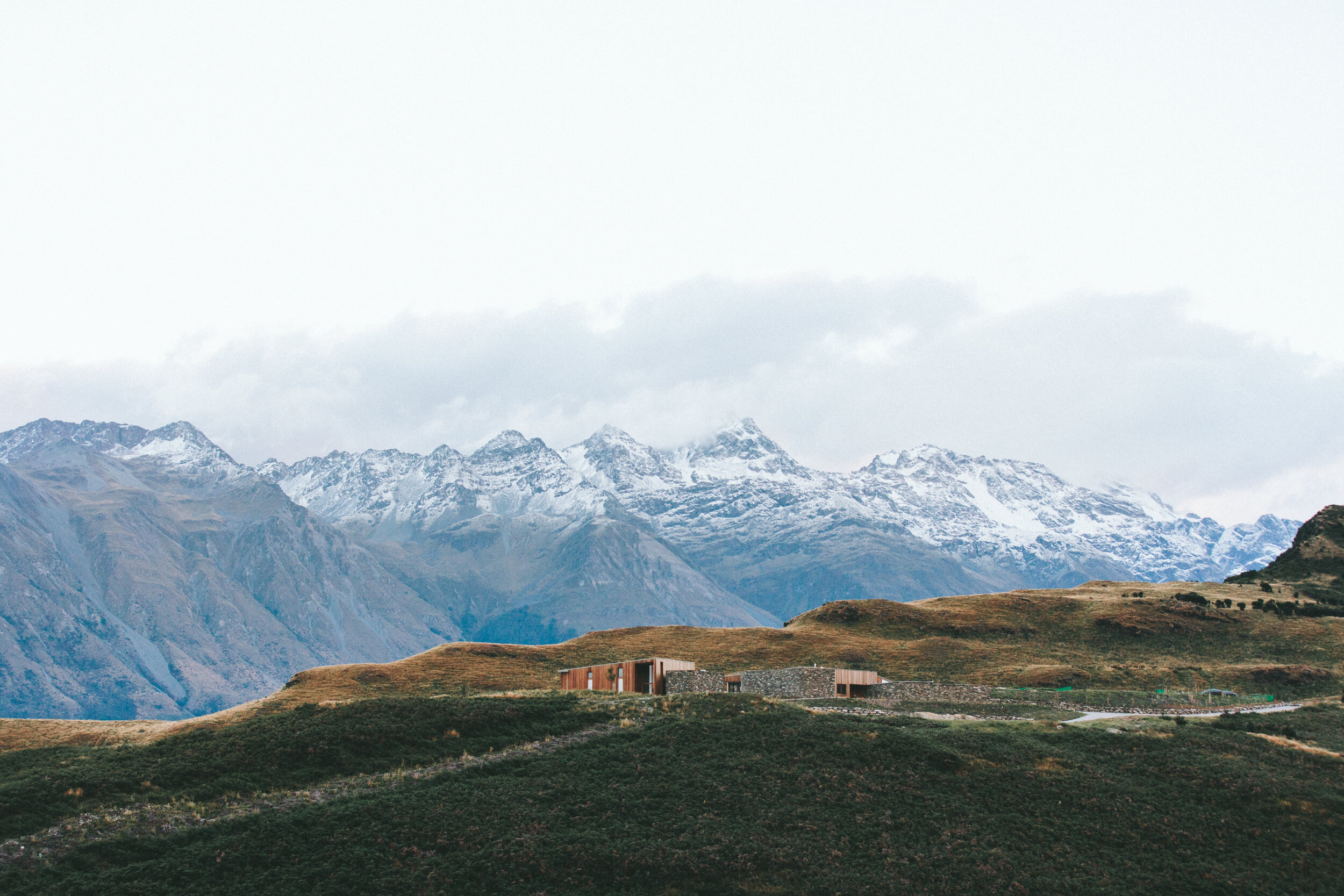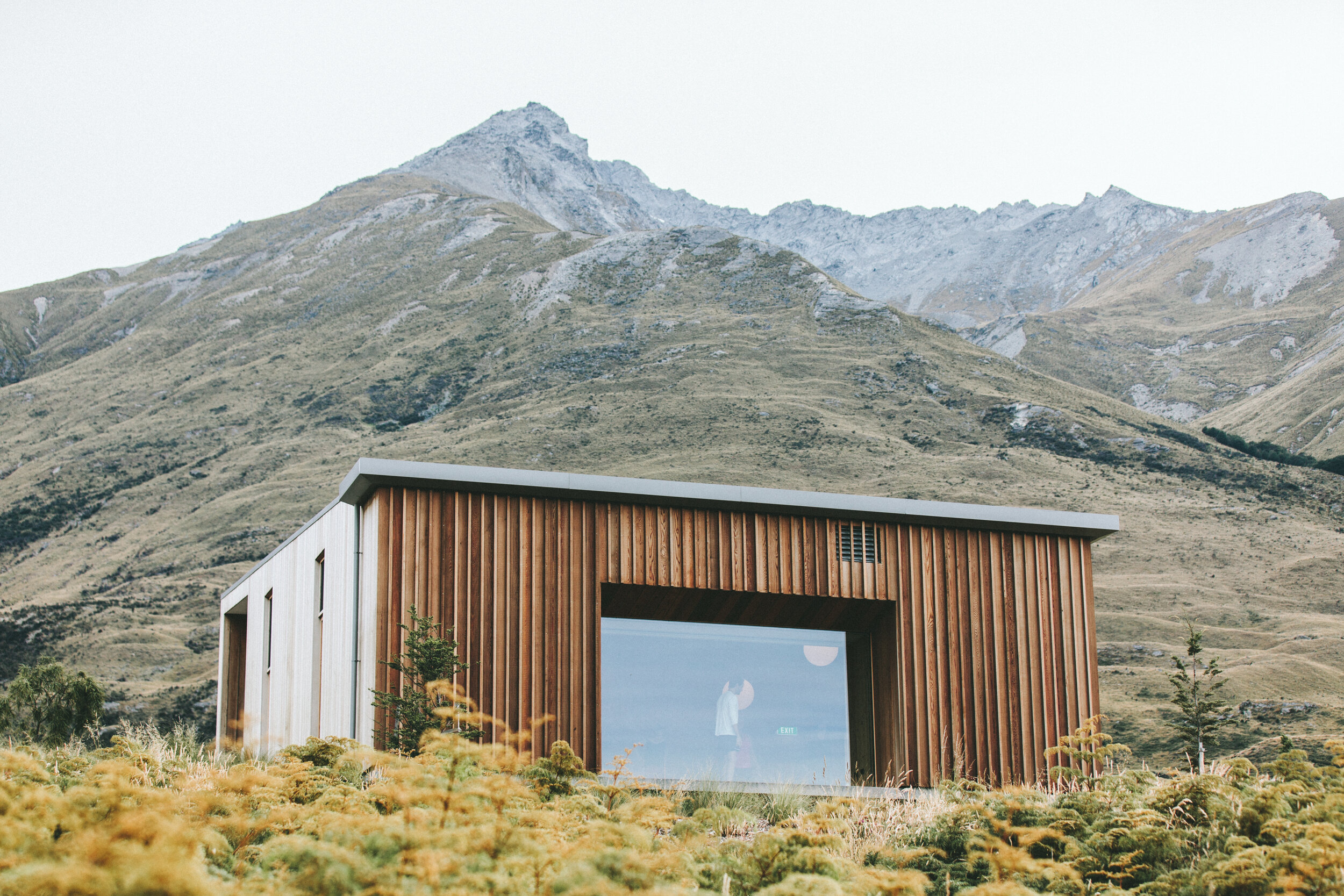
Whatever it is, the way you tell your story online can make all the difference.
Preservation
-

Shou was developed in Japan to preserve wood by creating an outer surface that resists fire and insects.
-

Traditional Japanese heat treatment process; charring technique provides a cost-effective way of weatherproofing homes. “Yakisugi” translates to “burnt cedar”. “Yaki” means burnt, charred, or heat treated. “Sugi” refers to the Sugi Cypress tree indigenous to Japan (often called “Japanese Cedar”).
-

Heat treatment improves longevity by preventing decay and insect infestation. Wood is mostly structural lignin and cellulose carbohydrates; food for fungi and insects. Heat treatment also case-hardens the wood, reducing moisture content, making it dimensionally stable.
-

Originating in Japan in the 18th century, you can still visit some old Japanese houses with over 120 years old Yakisugi structures. The gravitas imparted by the process and finished result are undeniable, a blackening of the wood that reveals clean, distinct lines and an inherent textural beauty.
-

The correct term is “yakisugi”. It seems “shou sugi ban” derives from reading the Japanese characters in Chinese.

